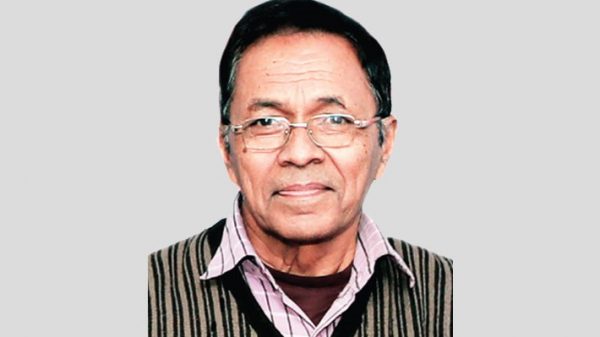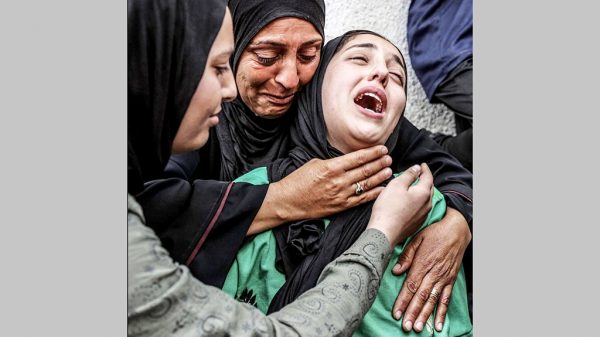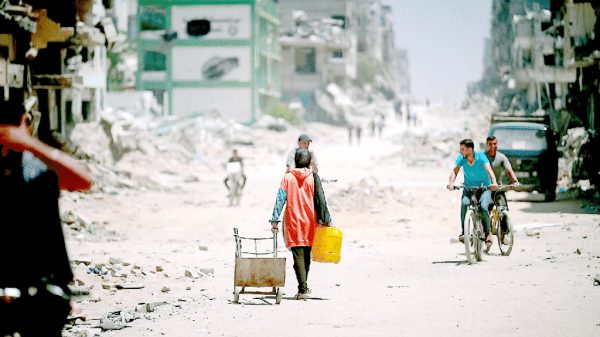Fire of Language Movement Ignites a Sleepy Sub-divisional Town

Z A M Khairuzzaman:
We wonder if we look back at the historical events of the 1952 Language Movement. At that period there was a sleepy sub-divisional town named Nilphamari under Rangpur district in the northern part of the country. The number of its population was very small. Still why had hundreds of people led by the students of Nilphamari Government Boys’ High School (former Nilphamari High English School) taken to the streets of the town in a protest demonstration on February 4, 1952? And their fury swept all over the town. On that very day, the then Urdu-speaking Pakistani sub-divisional officer (SDO) of the town publicly insulted the popular headmaster of the boys’ high school, Asir Uddin Ahmed, for spearheading the Language Movement from the century-old school. The ‘Headsir’ called upon his beloved students to assemble at the school ground. As they complied with his directive, he asked them to raise their hands to know their allegiance to the cause of the Language Movement. All of them raised their hands instantly creating a charged atmosphere on the spot. They raised a full-throated slogan demanding Bangla as a state language. This was just the beginning of the Language Movement in this northern town.
The students spontaneously held rallies in the town and observed a total strike at their school. The incidents infuriated the Pakistani SDO who played foul to dissuade the headmaster from leading the movement. But all of his efforts ended in failure. The agitating students enforced a strike at their school on February 8 that continued till February 10. They demanded immediate removal of the SDO as well as realisation of Bangla as a state language. The then Muslim Chhatra League called a strike at all educational institutions in the sub-division. However, Bihari students, also sons of Urdu-speaking people who migrated to East Bengal from Bihar, India, after the partition of the subcontinent in 1947, and pro-Muslim League students defied the call of the student organisation. These elements in collaboration with local administration took a tough stance against the demonstrating students.
Student leaders like Shafiar Rahman, Shamsul Islam, Mahbubur Rahman Dulu, Shawkat Ali and Hemonto Roy remained at the forefront of the agitation. The movement got a new dimension as the students of Nilphamari Government Girls’ High School (former Nilphamari Girls’ High School), the lone girls’ high school of the town, joined the movement. Foujia Begum, Jakia Sultana, Chhomela, Feroja, Halima, Rabeya, Saleha, Sufia, and Bulu led their school girls. The girls’ high school headmaster, Abu Nazem Mohammad Ali, played a major role in motivating the girl students to take part in the movement. Anyway, at this stage, Abu Nazem Mohammad Ali held secret meetings with the activists to chalk out a future action plan.
The writer is a columnist.




























Leave a Reply